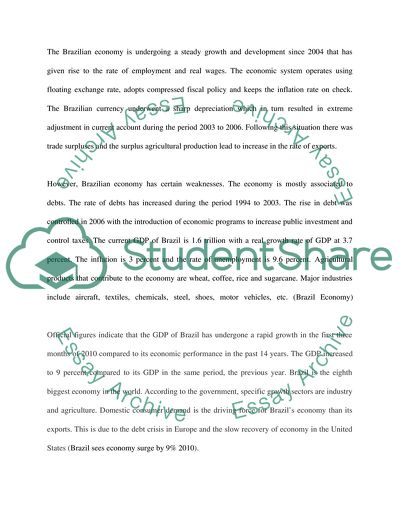Cite this document
(“Analysis of BRIC countries Essay Example | Topics and Well Written Essays - 2500 words”, n.d.)
Analysis of BRIC countries Essay Example | Topics and Well Written Essays - 2500 words. Retrieved from https://studentshare.org/miscellaneous/1570510-analysis-of-bric-countries
Analysis of BRIC countries Essay Example | Topics and Well Written Essays - 2500 words. Retrieved from https://studentshare.org/miscellaneous/1570510-analysis-of-bric-countries
(Analysis of BRIC Countries Essay Example | Topics and Well Written Essays - 2500 Words)
Analysis of BRIC Countries Essay Example | Topics and Well Written Essays - 2500 Words. https://studentshare.org/miscellaneous/1570510-analysis-of-bric-countries.
Analysis of BRIC Countries Essay Example | Topics and Well Written Essays - 2500 Words. https://studentshare.org/miscellaneous/1570510-analysis-of-bric-countries.
“Analysis of BRIC Countries Essay Example | Topics and Well Written Essays - 2500 Words”, n.d. https://studentshare.org/miscellaneous/1570510-analysis-of-bric-countries.


